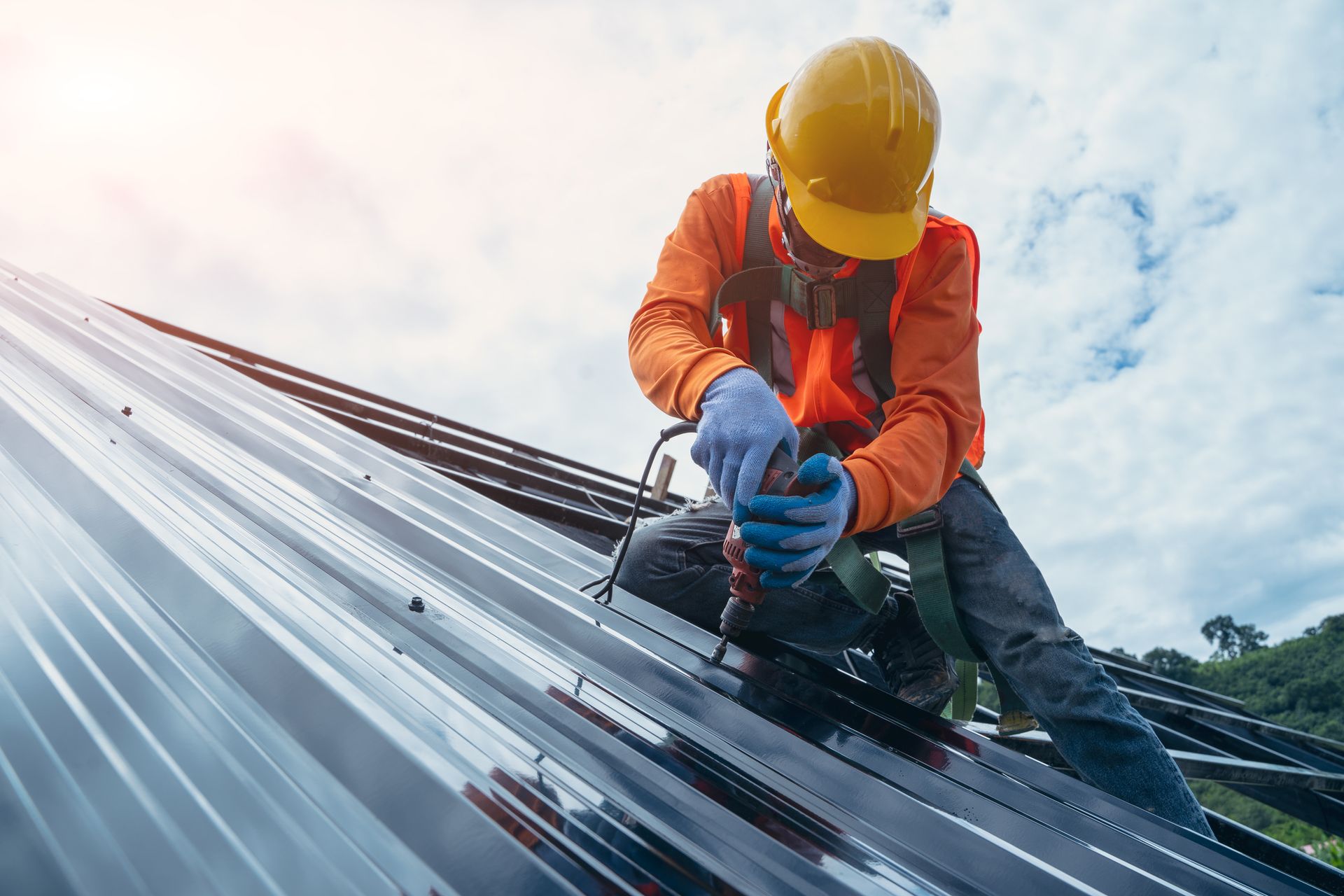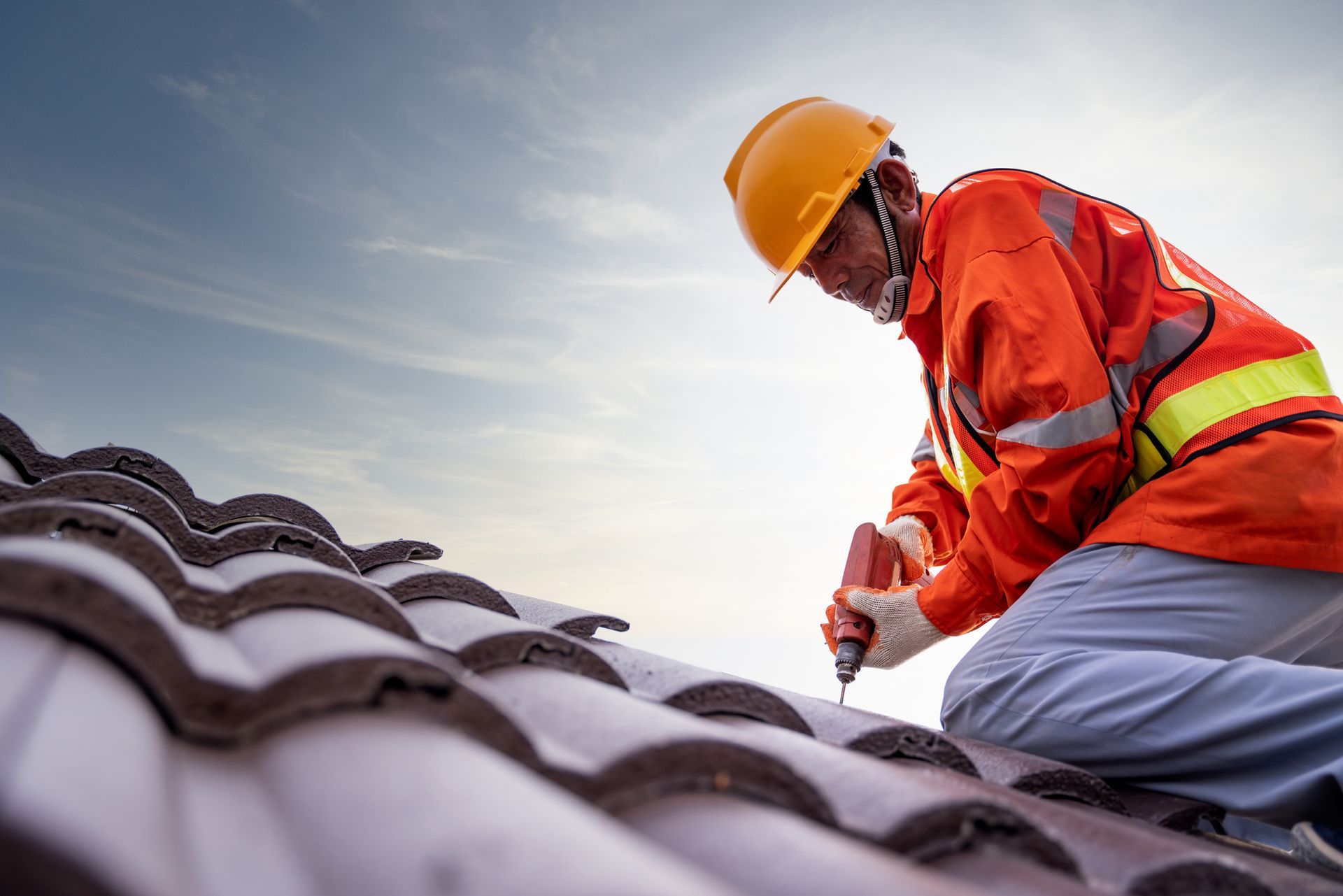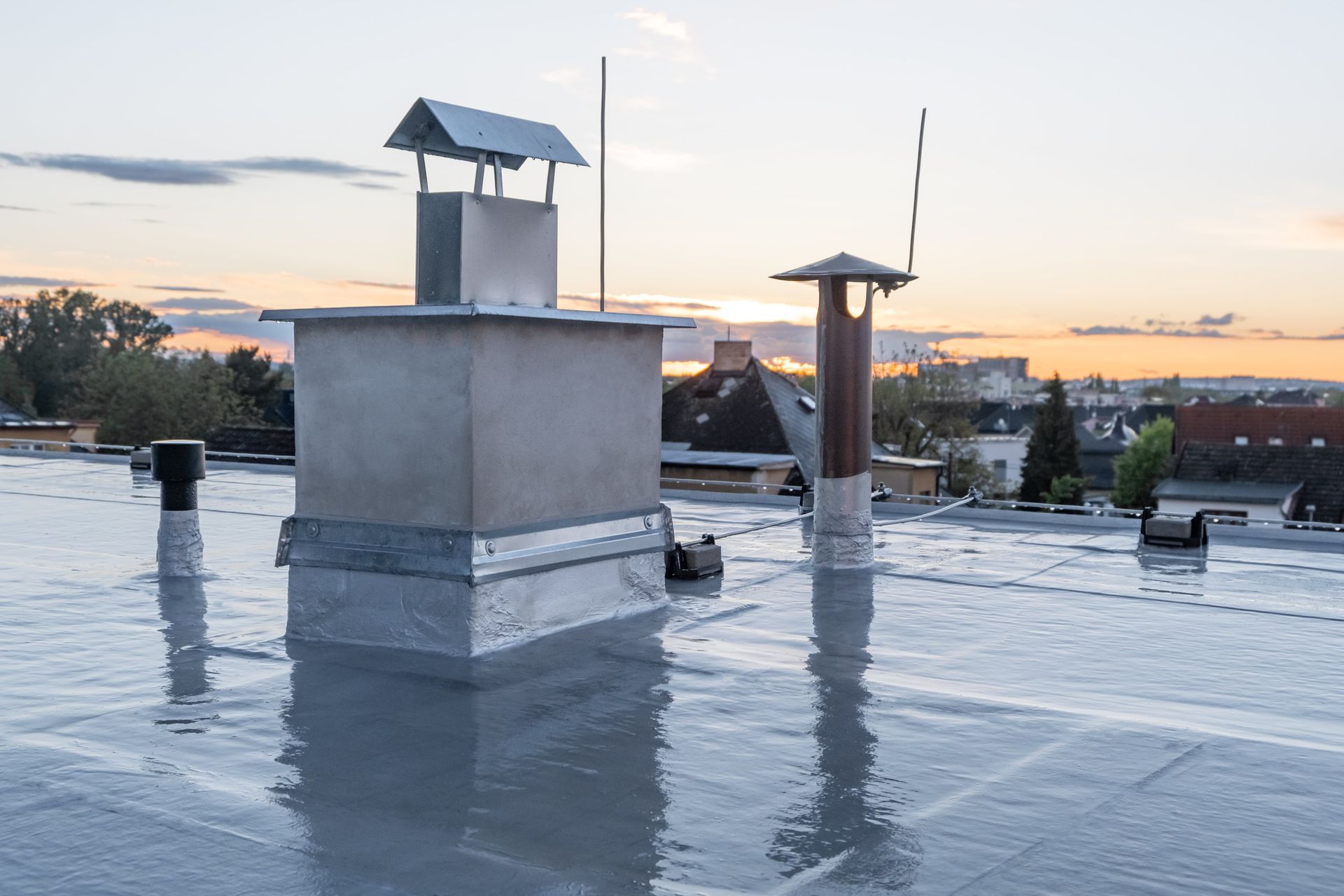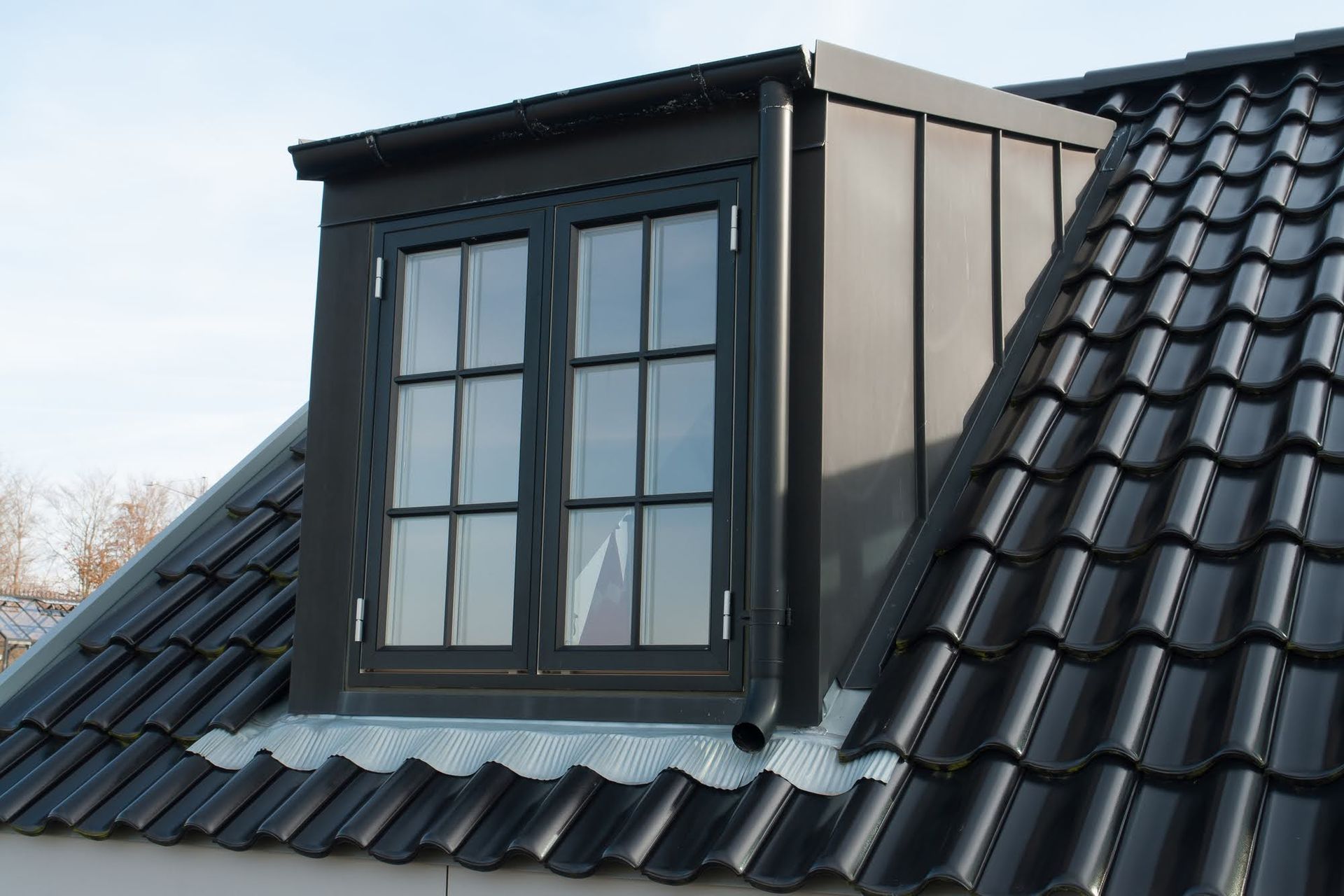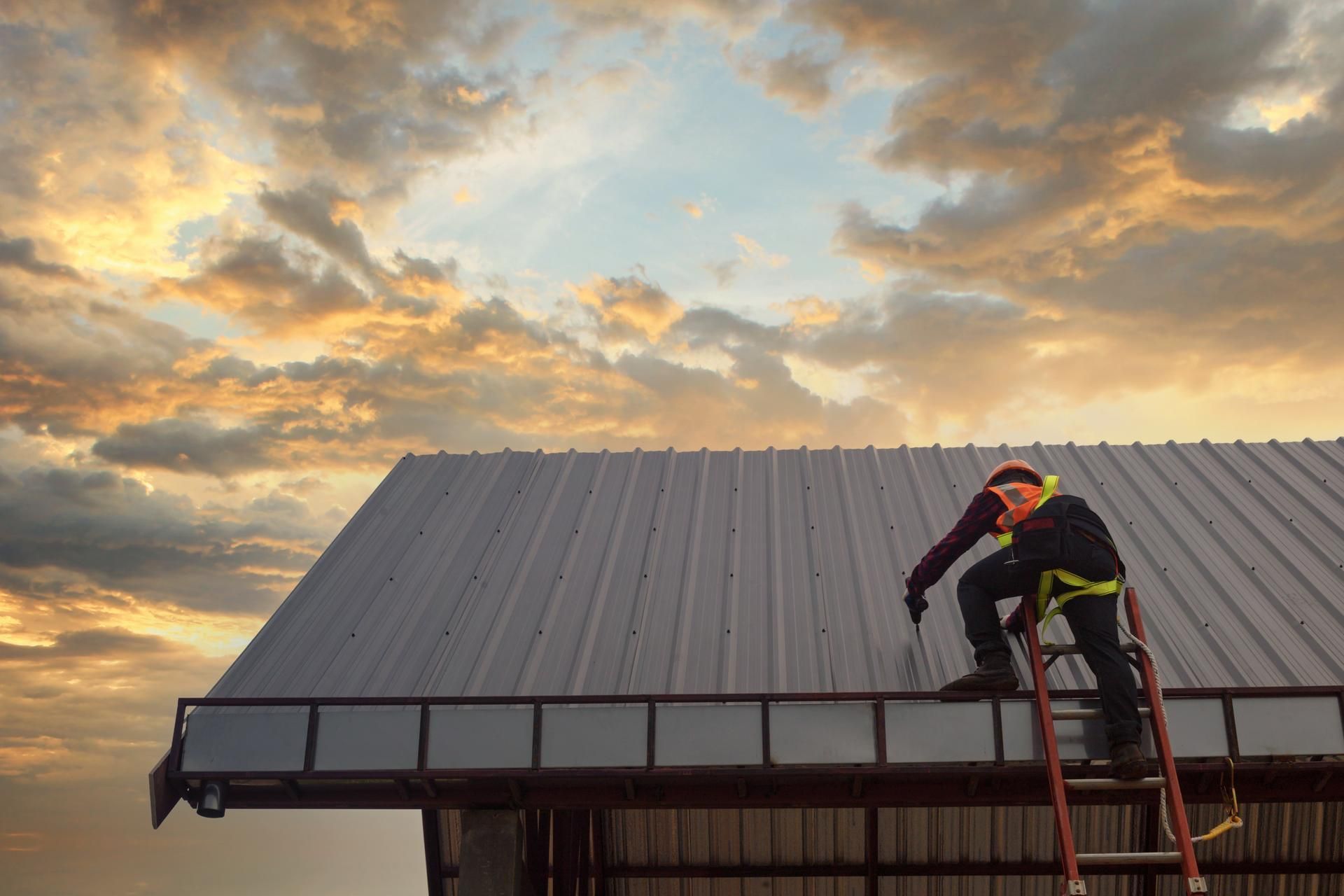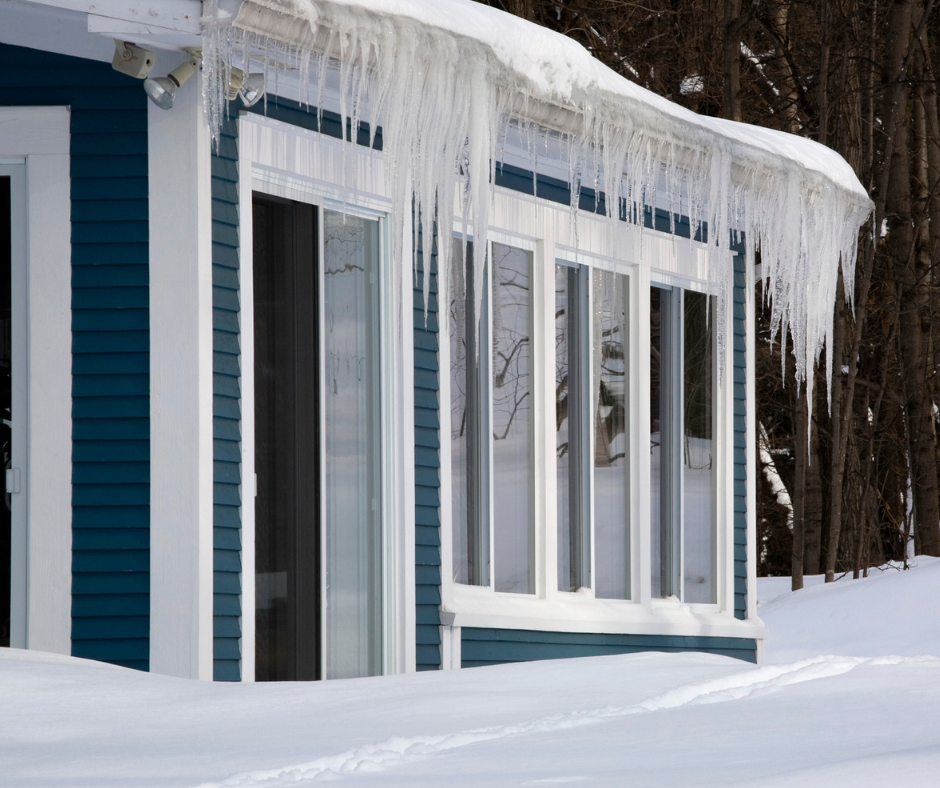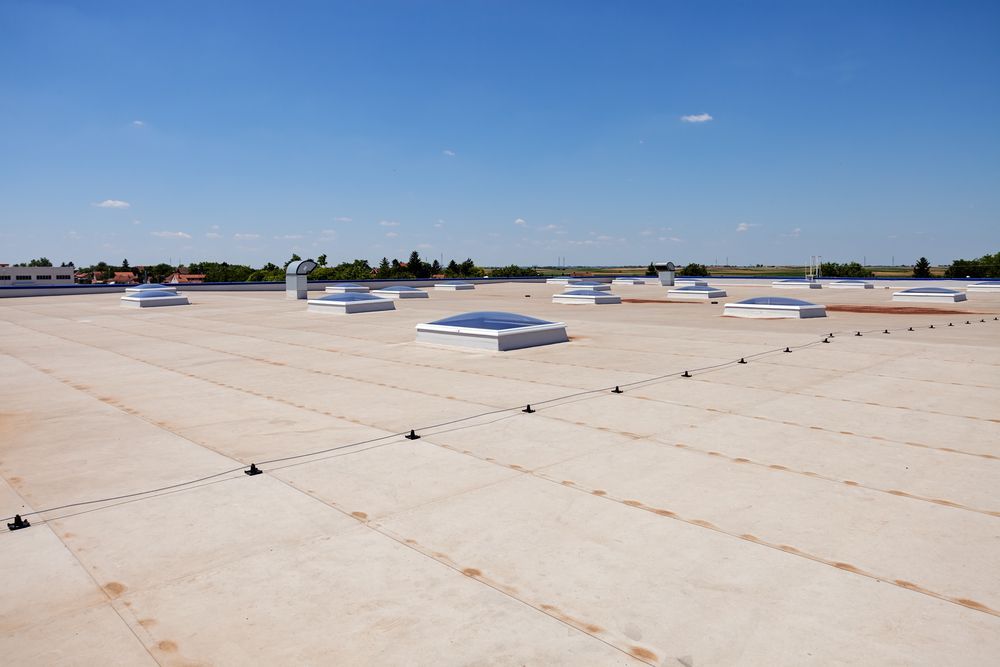6 Ways Roofers Can Avoid Safety Hazards During Roof Replacement Projects
Roofing projects present a unique set of safety hazards. If safety precautions are ignored, the risks can range from falls, property damage, and electrical shock or injury.
Safety should be a priority with roof replacement projects. Most roofers understand the risks and know how to remove and replace roofing materials safely.
Learn six ways roofers can ensure a safe roof replacement project.
1. Inspection Services
Before beginning any roof replacement project, most roofers want to know the condition of the roof they will work on. An inspection can involve examining the building structure's integrity, verifying the roof's slope and pitch, and checking for signs of damage.
The roofers will also look for sources of potential hazards such as broken shingles, loose flashing, or other objects that could pose a risk.
Using the inspection report, the roofers can plan a safe approach to the project and ensure it goes safely.
2. Fall Protection
Falls are one of the common safety hazards with roof replacement projects. To minimize this risk, competent roofers use fall protection equipment such as harnesses, lifelines, ladders, and guardrails. The professionals inspect the equipment before use and follow safety guidelines.
If the roofer needs to access steep or narrow roofs, they may use specialized equipment for increased safety.
3. Protective Gear
Common protective equipment for roofing projects includes hard hats, kneepads, gloves, and eye protection. Most roofers also wear protective clothing, such as long pants and robust shoes, to protect against cuts, bruises, or falls.
The roofers also wear respiratory protection when working with materials that produce dust particles, fumes, or other irritants.
If other people are around the project, the professionals can also provide safety gear like goggles and helmets to increase the safety of everyone involved.
4. Debris Removal
When replacing a roof, the debris produced should be cleared quickly. This can involve removing nails, screws, and other objects that are potentially hazardous.
The professionals also use tarpaulins to cover the area where they work to reduce the risk of injury from falling objects. If the debris is taken from a high area, they can use special ladders to ensure they don't fall while removing the debris.
After the roof replacement project is complete, most roofers also safely remove the old roofing material and dispose of it per local regulations. Safely keeping away materials like roof metal sheets and asphalt shingles can minimize the risk of injury.
5. Local Regulation Adherence
Most local authorities impose specific regulations for roofing projects. The regulations may involve obtaining permits or following building codes.
A credible roofer will be aware of the local regulations and follow them. This can include following the manufacturer's instructions when installing a new roof or adhering to specific safety protocols for working with power tools.
The roofing contractor can also promote safety by training other crew members on the safety protocols and only hiring certified and experienced workers.
6. Client Preparation and Education
Some complex roof replacement projects may require residents to move out of the building for a few days to avoid accidents. In such cases, reliable roofers can prepare and educate clients on the safety protocols they must follow.
The roofer will also inform the client about any temporary measures to take during the project, such as shutting off power and water supplies.
Roof replacement projects are complex and require attention to detail. The projects should only be handled by experienced roofers who understand the risks and are committed to safety. The professionals will lay down a plan and use the right equipment to ensure safety during the project. Affordable Roofing is committed to providing safe roofing services. Contact us today for more information.

